In this article, we delve into the world of cosmic portraits and explore how these breathtaking images capture the essence of celestial bodies.
Unveiling the Secrets of the Universe
In the vastness of space, celestial bodies tell their unique stories. Astronomers and astrophotographers work tirelessly to unravel these mysteries and showcase the wonders of the cosmos through stunning images. Cosmic portraits, or astrophotography, enable us to witness firsthand the beauty of distant galaxies, star clusters, and other celestial phenomena.
- Photographing celestial bodies requires specialized equipment such as telescopes, cameras, and filters to capture light from incredibly faint sources.
- Astrophotographers often spend countless hours gathering data, capturing multiple exposures, and post-processing them to create the final image.
- Long exposures are necessary to collect enough light and reveal intricate details that are otherwise invisible to the naked eye.
Embracing the Artistry of Astrophotography
Astrophotography is a unique blend of science and art. It requires technical expertise to capture precise data, as well as a creative eye to compose visually striking images. Astrophotographers meticulously plan their shots, taking into account factors such as moon phases, weather conditions, and light pollution to achieve their desired results.
- Composition plays a crucial role in astrophotography, determining how celestial bodies are framed within the image and creating a visually pleasing overall effect.
- Post-processing techniques are employed to enhance the colors, contrast, and details of the cosmic portraits, creating vibrant and captivating images.
- Photographers often experiment with different filters to capture specific wavelengths of light, revealing unique features and characteristics of celestial bodies.
Advancements in Technology
Technological advancements have revolutionized the field of astrophotography, allowing us to capture cosmic portraits with unprecedented detail and clarity. High-resolution cameras, sensitive sensors, and intelligent software have opened new horizons, enabling astrophotographers to push the boundaries of what was previously possible.
- Advanced telescopes equipped with adaptive optics compensate for atmospheric disturbances, resulting in sharper and more detailed images.
- Software applications assist in stacking multiple exposures, reducing noise, and enhancing the signal-to-noise ratio, leading to clearer images with greater dynamic range.
- The use of remote-controlled telescopes and robotic observatories has made astrophotography accessible to enthusiasts around the world, breaking geographical barriers.
The Intrinsic Value of Cosmic Portraits
Beyond their aesthetic appeal, cosmic portraits hold significant scientific and educational value. They provide researchers with valuable data to study the characteristics, behavior, and evolution of celestial bodies. Moreover, these mesmerizing images ignite curiosity and inspire a sense of wonder about the universe in people of all ages.
- Cosmic portraits enable astronomers to study the formation and evolution of galaxies, unravel the mysteries of black holes, and explore the dynamics of star systems.
- The stunning imagery engages and educates the general public, fostering interest in space sciences and inspiring future generations of scientists and explorers.
- Photographs of celestial bodies serve as a testament to the vastness and beauty of the cosmos, reminding us of our place in the universe.
In Conclusion, The Enchanting World of Astrophotography
Cosmic portraits allow us to venture beyond our earthly confines and witness the magnificence of the universe. Through this unique blend of science and art, astrophotographers adeptly capture the essence of celestial bodies, revealing their hidden secrets and captivating our souls. These awe-inspiring images not only inspire wonder and curiosity but also contribute to scientific research and the dissemination of knowledge. So let us embrace the beauty of cosmic portraits, for they are a window into the majesty of the cosmos itself.


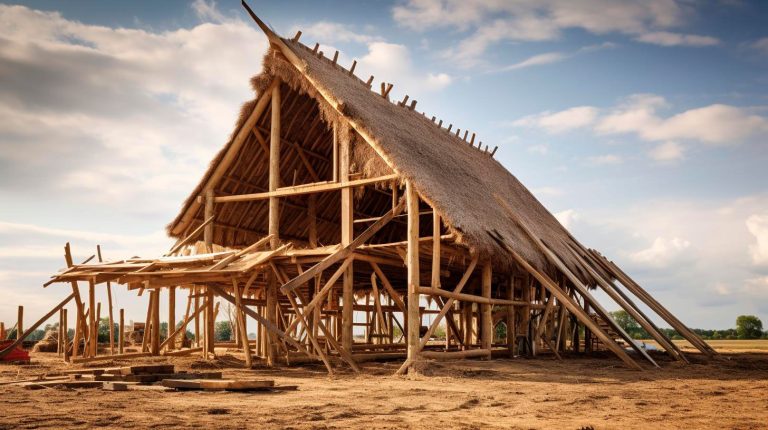
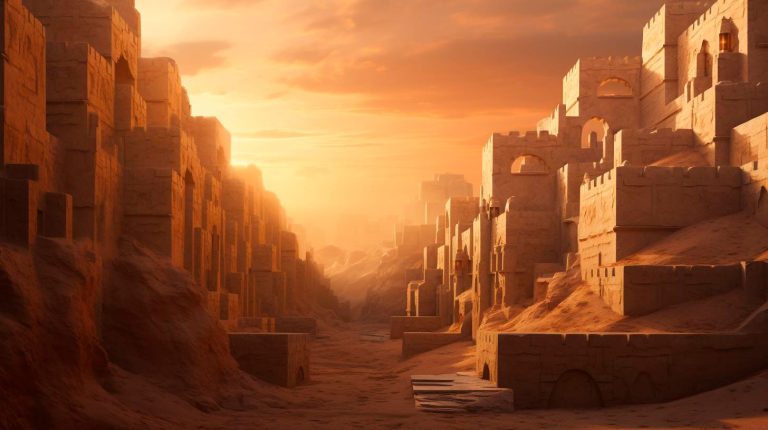





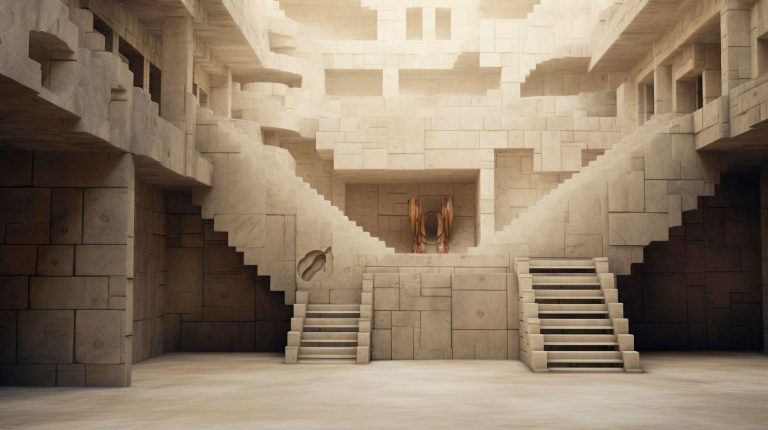



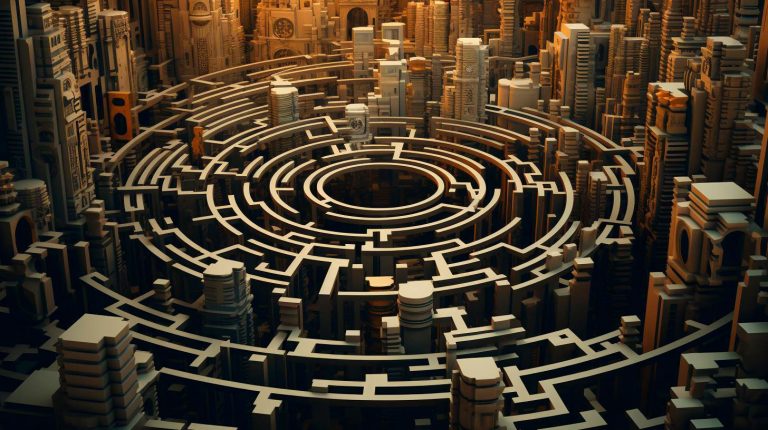

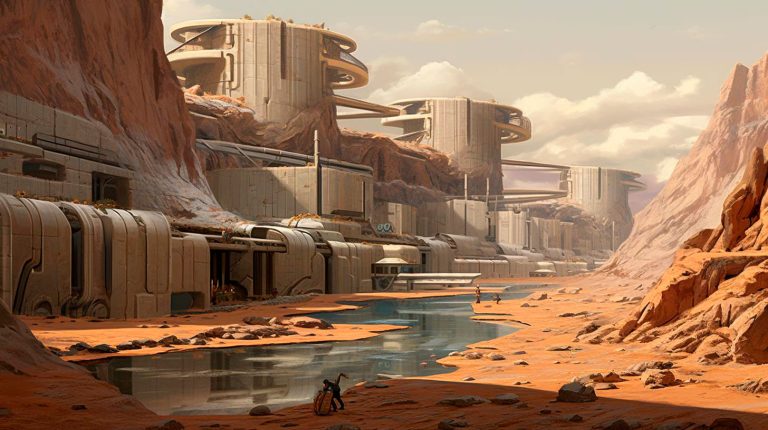

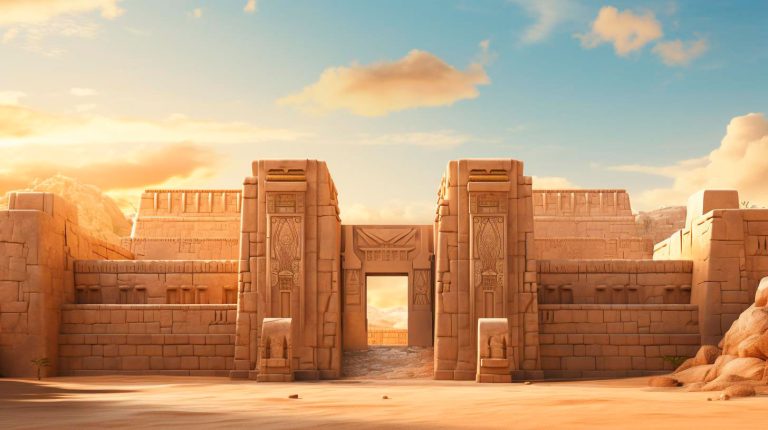
+ There are no comments
Add yours